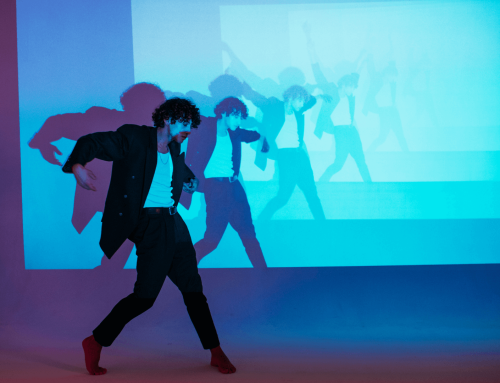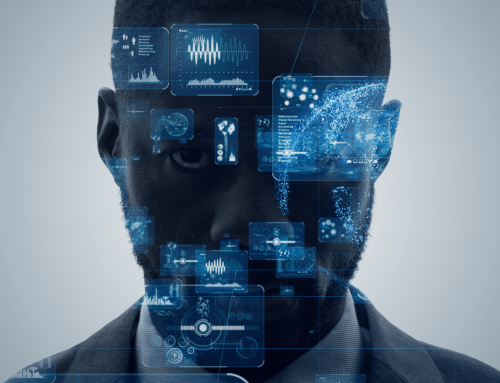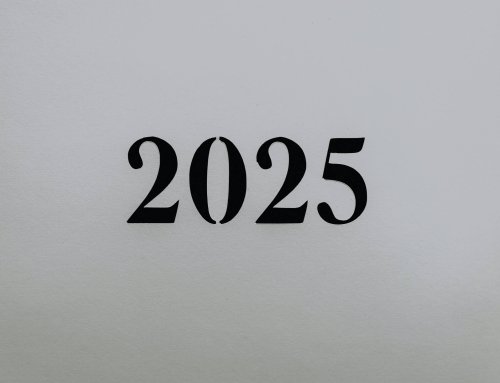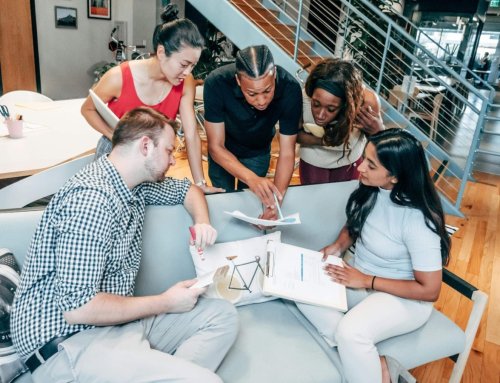Bias is a natural part of human behavior. Whether we realize it or not, our brains are wired to make quick judgments and categorize information to navigate the world efficiently. However, this can lead to biased thinking, which affects our interactions with others. To foster fairness and inclusivity, it’s important to understand the difference between conscious bias and unconscious bias, and how each impacts the environment around us.
What is Conscious Bias?
Conscious bias (can also be referred to as explicit bias) is the attitudes and beliefs we are aware of and can control. These biases are often deliberate and are based on stereotypes or prejudices that individuals knowingly hold about particular groups or people. Conscious biases are typically reflected in decisions or actions that are intentionally discriminatory or preferential.
For example:
- A hiring manager might consciously prefer candidates from a certain background because of a belief that they are inherently more capable.
- Someone might intentionally avoid interacting with people from a different cultural group based on explicit stereotypes.
- Or as our CEO says, as a Denver Broncos fan, he makes a choice whether to or to not interact with those that root for a different team.
Since conscious bias is deliberate, it can manifest as overt acts of discrimination or favoritism. The key aspect of conscious bias is that it is within the person’s awareness and can be addressed through education, legal consequences or policy changes.
What is Unconscious Bias?
Unconscious bias (also known as implicit bias) refers to the biases we are unaware of, which are automatically activated by our brains without conscious intent. These biases are deeply ingrained through cultural conditioning, personal experiences and societal influences. Unconscious bias operates below the level of awareness, making it harder to detect and address.
Because unconscious bias is automatic, it influences how we perceive, evaluate and make decisions about people; often without us realizing it. This type of bias is subtle and can affect actions in ways that are inconsistent with our conscious values.
For example:
- A teacher may unconsciously call on boys more often than girls during class discussions, even though they consciously believe in gender equality.
- A manager may unknowingly gravitate toward employees who share similar backgrounds or interests, unintentionally sidelining others who could offer diverse perspectives.
Unconscious bias often leads to unintended discrimination or unequal treatment, despite one’s best intentions. Because it’s hidden from our awareness, it requires active effort and self-reflection to identify and address.
Key Differences Between Conscious and Unconscious Bias
- Awareness:
- Conscious Bias is intentional and individuals are aware of their biases.
- Unconscious Bias operates automatically and individuals are unaware of their biases.
- Control:
- Conscious Bias can be controlled and often reflects deliberate actions.
- Unconscious Bias is harder to control because it is triggered involuntarily and without conscious thought.
- Manifestation:
- Conscious Bias tends to manifest in overt, visible actions or statements, such as explicit discrimination or favoritism.
- Unconscious Bias manifests in subtle, often unnoticed ways, such as microaggressions, differential treatment or implicit assumptions about others.
- Intent:
- Conscious Bias is motivated by a desire to reinforce stereotypes or show preference for or against specific groups.
- Unconscious Bias happens without intent and often contradicts one’s stated beliefs or values.
Both Biases Matter
Both conscious and unconscious biases have significant consequences, especially in decision-making processes such as hiring, promotions and performance evaluations. Conscious bias leads to intentional exclusion, while unconscious bias creates hidden barriers that perpetuate inequality even when people or organizations strive to be fair and inclusive.
Addressing both forms of bias is essential for creating a more equitable and diverse environment, whether in the workplace, schools or society at large. While conscious bias is easier to identify and confront, unconscious bias requires ongoing self-awareness and organizational strategies to mitigate its effects.
How to Address Bias
- Take the Connection Quotient Assessment: Understanding your CQ is the first step to strengthening your connection to those around you. Take the free assessment here.
- Educate Yourself and Others: Knowing what bias is and recognizing its forms is the first step toward addressing it. Bias training, especially focusing on unconscious bias, helps individuals become more aware of how their thinking might be influenced without their knowledge.
- Challenge Stereotypes: Questioning stereotypes and common assumptions—both your own and those held by others—helps dismantle biased thinking and encourages more open-mindedness.
- Develop Policies and Practices: Organizations can combat both conscious and unconscious bias by creating clear, objective policies for decision-making in areas like hiring, promotions and evaluations. Encouraging diverse teams and inclusive practices helps reduce the impact of bias.
- Encourage Reflection: Regular self-reflection and feedback can help individuals recognize patterns of biased thinking or behavior. Tools like implicit bias tests (e.g., Harvard’s Implicit Association Test) can help individuals uncover unconscious biases they weren’t aware of.
- Diversify Your Exposure: Engaging with people from different backgrounds and perspectives broadens your worldview and reduces the likelihood of biased thinking. The more diverse your interactions, the less reliant your brain becomes on automatic categorizations.
Both conscious and unconscious biases shape how we perceive and interact with the world, but they operate in fundamentally different ways. Conscious bias is overt and intentional, while unconscious bias is hidden and automatic. By understanding and addressing both forms of bias, individuals and organizations can create more inclusive and equitable environments, fostering better decision-making, collaboration and fairness. Recognizing that everyone has biases is the first step in overcoming them, ultimately leading to more just and diverse communities.





